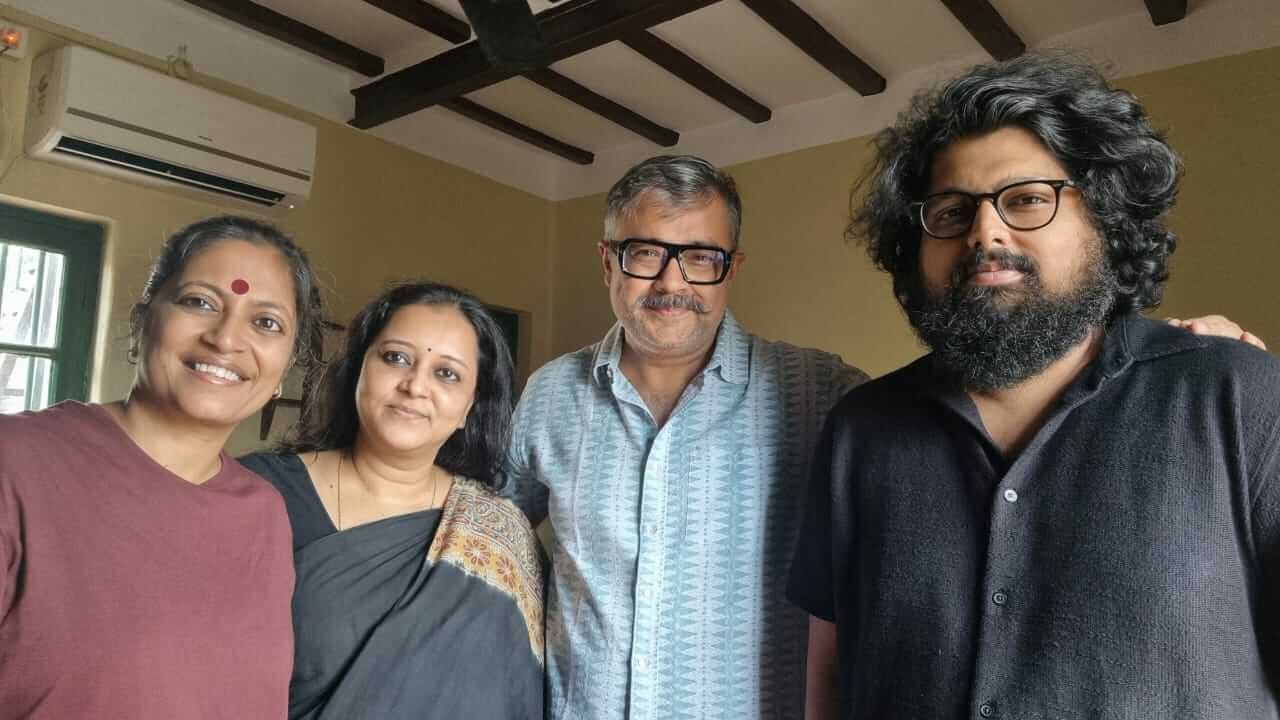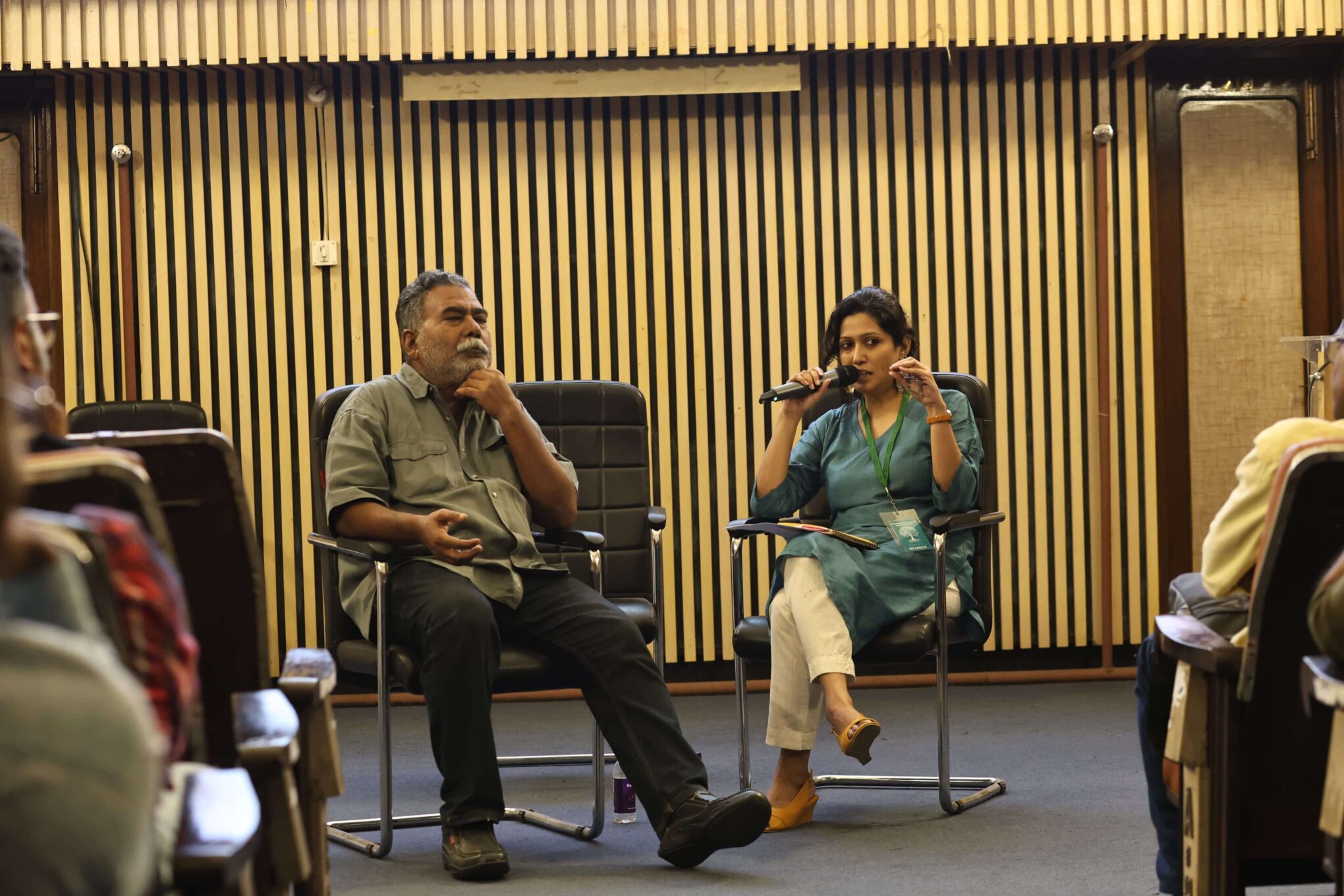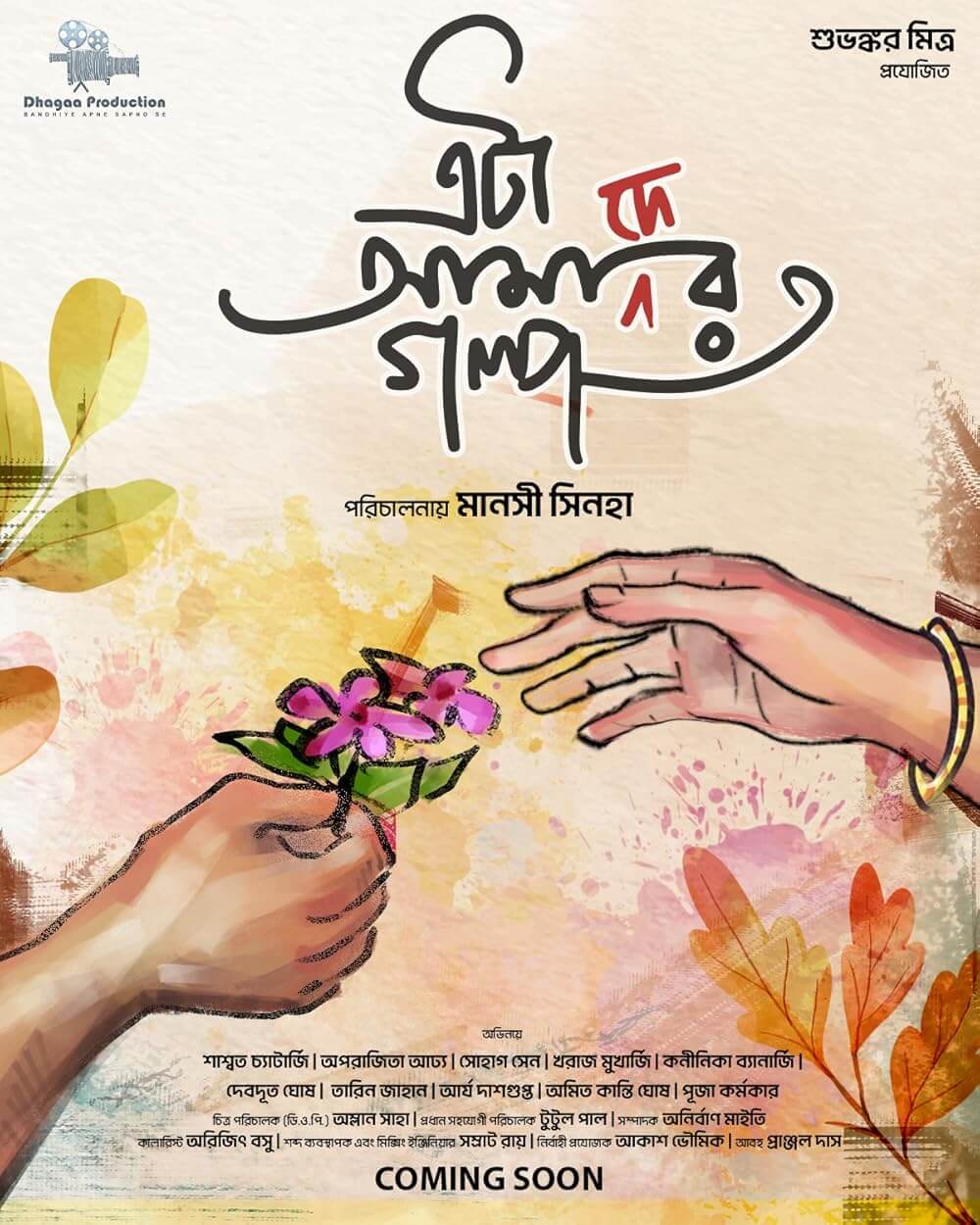In the second part of the three-part series in Guru Dutt, Samina expands on the theme of the songs as the narratives of the films of the master craftsmen. Here’s an eclectic piece, in the weekly column, exclusively in Different Truths.
A master craftsmen as Guru Dutt had his own original style which is appreciated and acknowledged, by other filmmakers and lay public, even today. In India, the current generation too including leading film makers regards Guru Dutt’s films as models of what cinema does best. One characteristic feature, which makes his craft unique was using music as part of his narratives. The songs were so beautifully woven in the fabric of the film that they added not only to the flow but also conveyed what dialogues could not say.
In Pyaasa, Gulabo’s erotic yearning to be with Vijay is accentuated not only with her expressions and body language but also with the song playing the background
Aaj Sajan Mohe Ang Laga lehi
Janam Safar ho Jaye Hirdaye ki peeda
Deh ki agni
sab sheetal ho jaye
kiye lakh Jatan
more mann ki tapan
more tan ki jalan nahi jaye
https://www.youtube.com/watch?v=LuhXKK2_p4A
Guru Dutt, had his own talent and originality in picturising the songs. In fact, he never took songs out of the situation in which it was set and most songs were an extension of the dialogues. A fine example is a love duet, Sunn Sunn sunn sunn Zalima, set in the stark and unromantic garage with a car providing the centre piece and the two lovers circle around each other within this restricted space in brilliantly simple piece of balletic movement. Guru Dutt was also particular about the vocabulary appropriate to his characters. For instance, In Aar Paar, he makes Kalu and Rustam speak in a language, which makes the characters more believable.
Most of his songs had feelings and visual appeal. The songs featuring in Guru Dutt’s films are integrated in the narrative. In Aar Paar Kalu overhears a sugary dialogue between two lovers and his disillusionment in love makes him react with the song
Mohabbat Karlo Jee Bharlo
Aji Kisne roka hai
Par Bare Gazab ki baat hai
Ismein bhi dhoka hai
https://www.youtube.com/watch?v=e1BsXULRl-U
Johnny Walker, who added humour and wit or the classic comic relief, always had a song picturised on him, which conveyed the mood, setting or the situation of the film:
Sarr jo tera Chakraye
Ya Dil Dooba Jaye
Ya dil dooba jaye
Aaja pyaare paas hamare
Kahe Ghabraye(2)
https://www.youtube.com/watch?v=rJiohcg-gKo
Though this song entertains and is popular for its lyrics and music, a profound message is also that the champi (head massage) would relieve him of the stress of the deceitful and treacherous society.
In CID too the song, Ae Dil hai mushkil Jeena yahan zara hatt ke zara bachke yeh hai Bombay meri jaan sets a prelude of survival in the big city. Simplicity of love and humour becomes enduring the unforgettable in the duet:
Jaane kahan mera jigar gaya jee
Abhi Abhi yahin tha kidhar gaya jee
Neena in Baazi poetically helps Madan overcome his struggle with his consciousness through the song Taqbeer se bigdi hui takdeer bana le and in CID, Kamini helps Shekhar escape by giving him a message of how to escape in the song
Kahin pe nigahein kahin pe nishana…
Ek jal hain julfo ka tu Chupake se nikal ja
Dreams of a young Bahu bubbling with love and passion in Sahab Biwi aur Ghulam is easily conveyed through the song Piyo Aiso Jiya mein samaye gayo re, which later turns into yearning of unfulfilled love with Na Jao saiyan chura ke baiyan kasam tumhari main ro paroongi.
https://www.youtube.com/watch?v=TCDbIT13MRY
The song resonating in the background, Waqt ne kiya kya haseen sitambh tum rahe na tum hum rahe na hum, in a powerful intense scene between the director, who has just experienced failure and his successful prodigy in Kagaz ke Phool who he loves, is also a narrative of the paradox of a situation which is an important part of the plot and portrays stark reality towards the end Dekhi Zamane ki yaari bichere sabhi baari baari of the film.
And finally, his masterpiece, Pyaasa, begins with a narrative prelude showing the image of a man’s foot crunching the bee. Main doon bhi toh kya doon tumhein ae shauk nazaron leh deh ke mere aason hain kuch aahein. This song sets the keynote of the film, the mood of melancholy and melodrama. The famous lines from a very well-conceived scene, which conveys the crux of the movie
Hare ek jism ghayal har rooh pyaasi
Nigahon mein ulfat
Dilon mein udaasi
Yeh duniya hai ya alaam-e-badh ya hawasi
Yeh duniya agar mil bhi jaye toh kya hai
These lines convey the pain hurt and disillusionment of the poet who has become a victim of fraudulence.
©Samina Naqvi
Photos and videos from the internet.
#GuruDutt #HindiMovies #IndianMovieMakers #IndianCinema #LightsAndMusic #TheWorksOfGuruDutt #DifferenTruths






 By
By